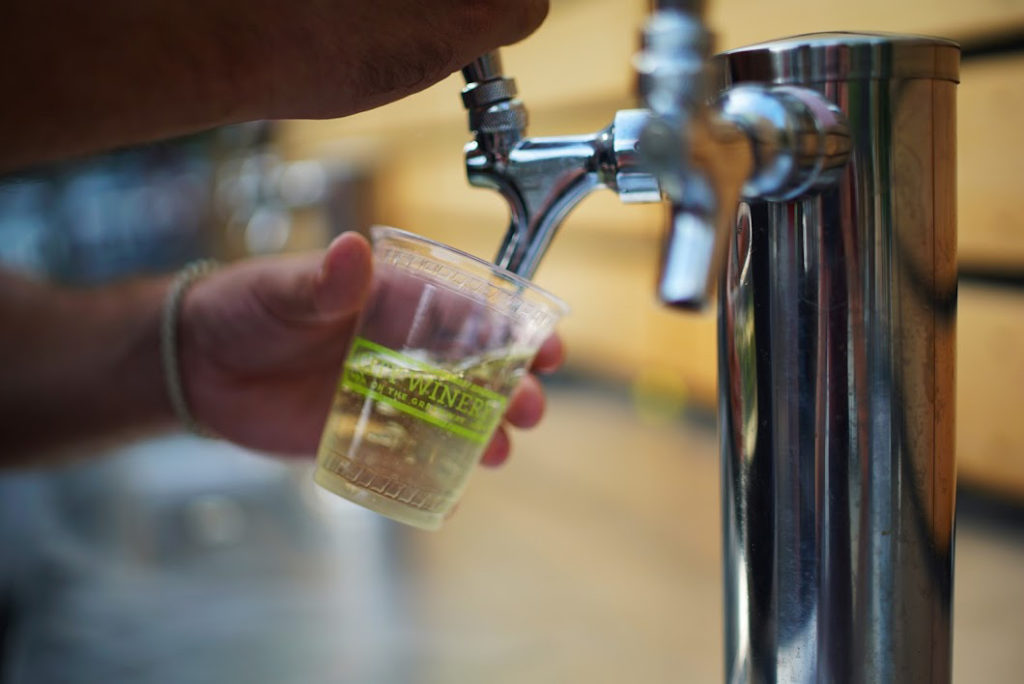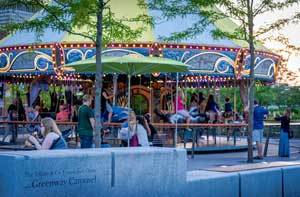Add text here.
Visit
Plants & Landscapes
The Greenway is an urban oasis thanks to our pioneering approach to landscape management, as well as our rich diversity of trees, shrubs, plants and beautiful blooms. Take a nature walk in the heart of the city. You never know what you’ll discover.
Sustainability Efforts
We’re one of the only public parks in the region with a landscape that is maintained completely organically. Our approach reflects the latest science about sustainable and healthy ecosystems. It means no synthetic fertilizers, chemicals and pesticides are used to keep our park looking beautiful, no pollutants run-off into Boston Harbor to harm marine life, and children and pets can play safely on our lawns. The Conservancy also participates in Plantlife’s Now Mow May annually, an international initiative meant to support pollinators, reduce lawn inputs, and grow healthier lawns. Though our more high-use lawn areas don’t participate in No Mow May, our goal is to be able to maintain the lush lawns that our community uses every day while also benefiting pollinators, conserving water, and reducing environmental inputs. These best practices in organic park care are more economical, and the environment is healthier for people and plants alike.Greenway Meadow

Greenway Beehives
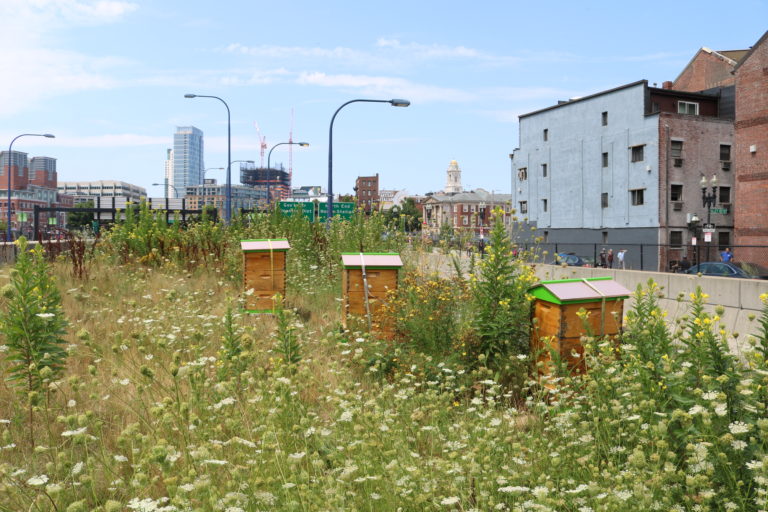
Pollinator Ribbon
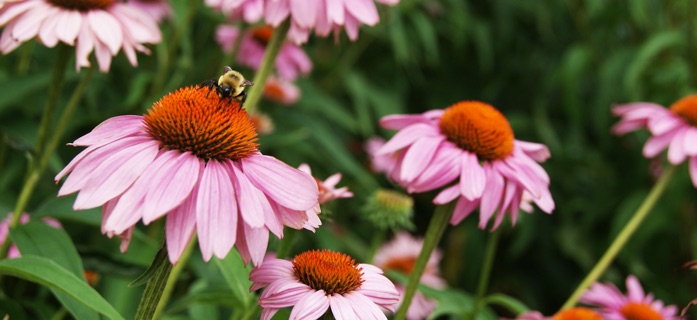
Carolyn Lynch Garden
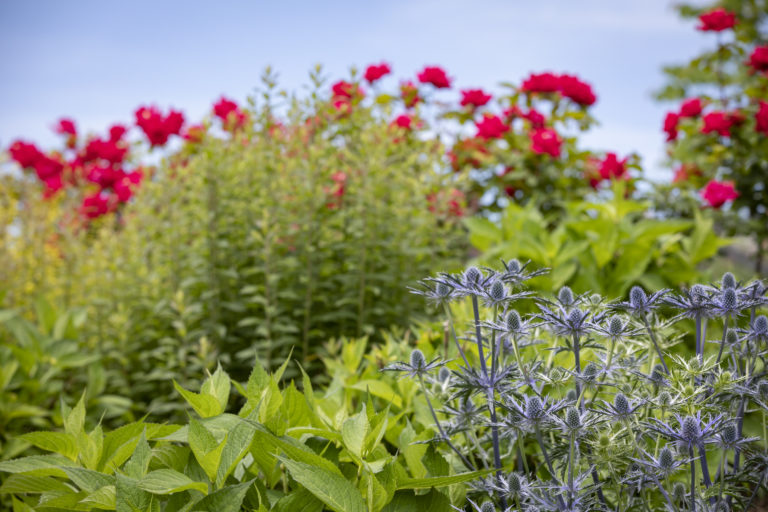
Armenian Heritage Park

Armenian Heritage Park on The Greenway welcomes all in celebration of the immigrant experience, and graces public space with design features to engage all ages to come together on common ground. The Abstract Sculpture, a split rhomboid dodecahedron, commemorates the immigrant experience.
North Meadow on The Greenway
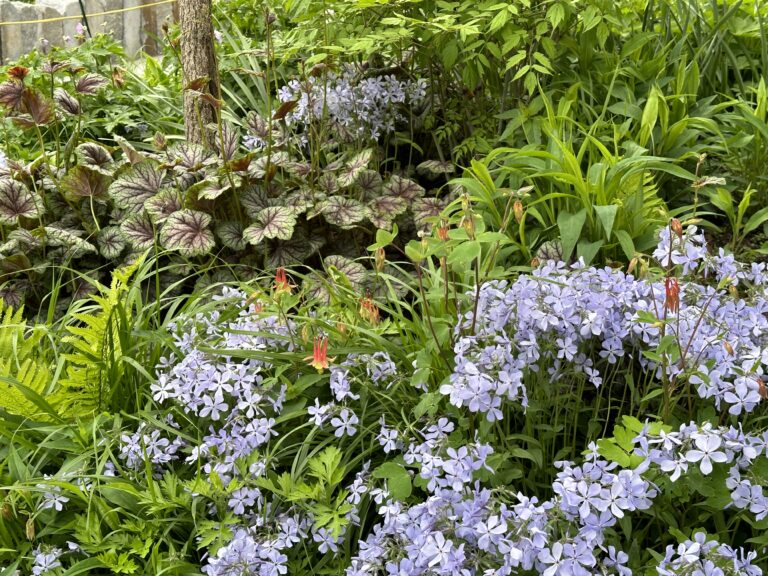
The newest section of The Greenway, North Meadow on The Greenway, was designed to maximize nature and create a space of serenity in the midst of a busy section of the city. Serving as a tribute to the Charles River’s estuarine ecology, the park’s native meadow plantings and unique boardwalk create a sense of enclosure and tranquility.
Coastal Grassland

This garden interpretation displays the natural succession from coastal edge, to grassland, to open woodlands. Inspired by the biodiverse plant communities on Cape Cod and the Islands, , these plants are drought and salt tolerant, as well as adaptive to fire. These “Pine Barren” ecosystems have adapted to the harsh conditions of the New England coast and can survive, and even thrive, in the aftermath of wildfires.

